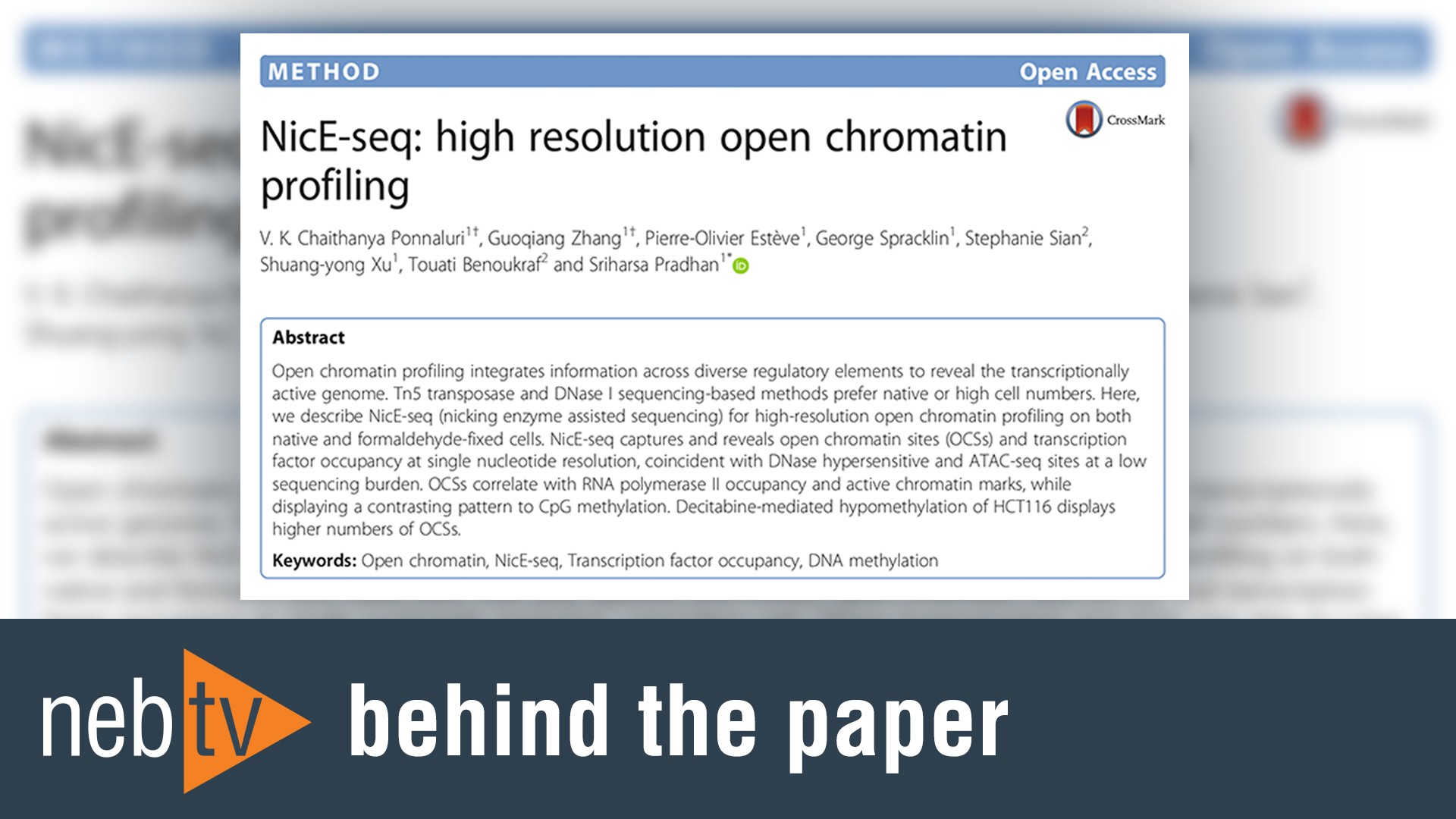Behind the Paper: Visual Detection of Isothermal Nucleic Acid Amplification Using pH-sensitive Dyes
Script
There long has been a promise of isothermal and other amplification methods that don't require instruments to work in the field for immediate detection of pathogens, or of parasites, or things like that. But they've been limited a bit in real application: you had to wait a long time, or you had to observe at a very precise time in the detection. We wanted something a little more robust. So, we took advantage of a natural product of polymerase reactions, the production of a proton that's used in some sequencing methods, but coupled that to an ensemble reaction and natural pairing with a pH indicator to make a fast, robust, visual detection.
So, here's just an example of our dyes in action. So, at the top it's just a strip tube of the start of a reaction, where everything is the same color. Then down here, we indicate a positive reaction, where amplification has taken place and you see a nice change from the sort of clearish, orange color to a bright pink. And you see it a very clear discrimination of positive and negative reactions.
Our detection method is very stable. So, if you run the reactions, you can leave them on the bench for days at a time and check them at any time of your convenience. In our method, we use classical, traditional pH indicators for the visual detection, but the key feature to allow them to function for amplification was enzymes that can tolerate a wide range of pHs, and perform without buffer. So, using some of the novel isothermal reaction reagents from NEB, really allowed these techniques to work.
We're currently working with researchers in NEB's parasitology division to develop tests and methods for surveillance in the field of insect vectors and filarial parasites. We have a big interest in neglected tropical diseases. So, we hope our method can really push these techniques to the limits and enable their true application in field and point of care settings.
Related Videos
-

Behind the paper: Comprehensive Profiling of GSL Glycans Using a Broad Specificity Endoglycoceramidase in a High-Throughput Workflow -

Behind the paper: DNA damage is a pervasive cause of sequencing errors, directly confounding variant identification -

Behind the paper: NicE-seq high resolution open chromatin profiling

